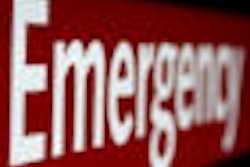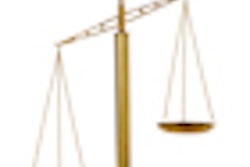Best practices for managing medical emergencies in dental clinics have evolved over the past decade to account for advances in knowledge and the development of new medications and medical equipment. This trend prompted Morton Rosenberg, D.M.D., of Tufts University School of Dental Medicine, to integrate existing guidelines with new information to create an updated list of emergency medications and equipment for dental providers (Journal of the American Dental Association, May 2010, Vol. 141:5, pp. 14S-19S).
"Every dentist will likely manage a medical emergency during the course of their practice," Dr. Rosenberg, a professor in the department of oral and maxillofacial surgery, said in a university news release. "Planning for such an emergency involves preparing and educating clinical staff, ensuring that medical equipment is accessible and functional, and stocking emergency medications."
Dr. Rosenberg provides an updated emergency preparedness checklist to prepare dental providers for emergencies that may occur in the clinical setting, and also a detailed list of emergency medications and equipment. He advises that specific medications, including oxygen, epinephrine, nitroglycerin, glucose, and reversal drugs, be stocked and regularly checked to ensure they have not exceeded their expiration dates.
Dr. Rosenberg also lists of emergency medical equipment that should be readily available and accessible, including an automated external defibrillator and a portable oxygen delivery system, and details the appropriate actions and administration of medication and uses of equipment based on the medical emergency.
"Emergency preparedness includes adequate training so that dentists and staff respond reflexively to an emergency situation and facilitate better diagnosis and care of the patient," Dr. Rosenberg said.
Copyright © 2010 DrBicuspid.com



















